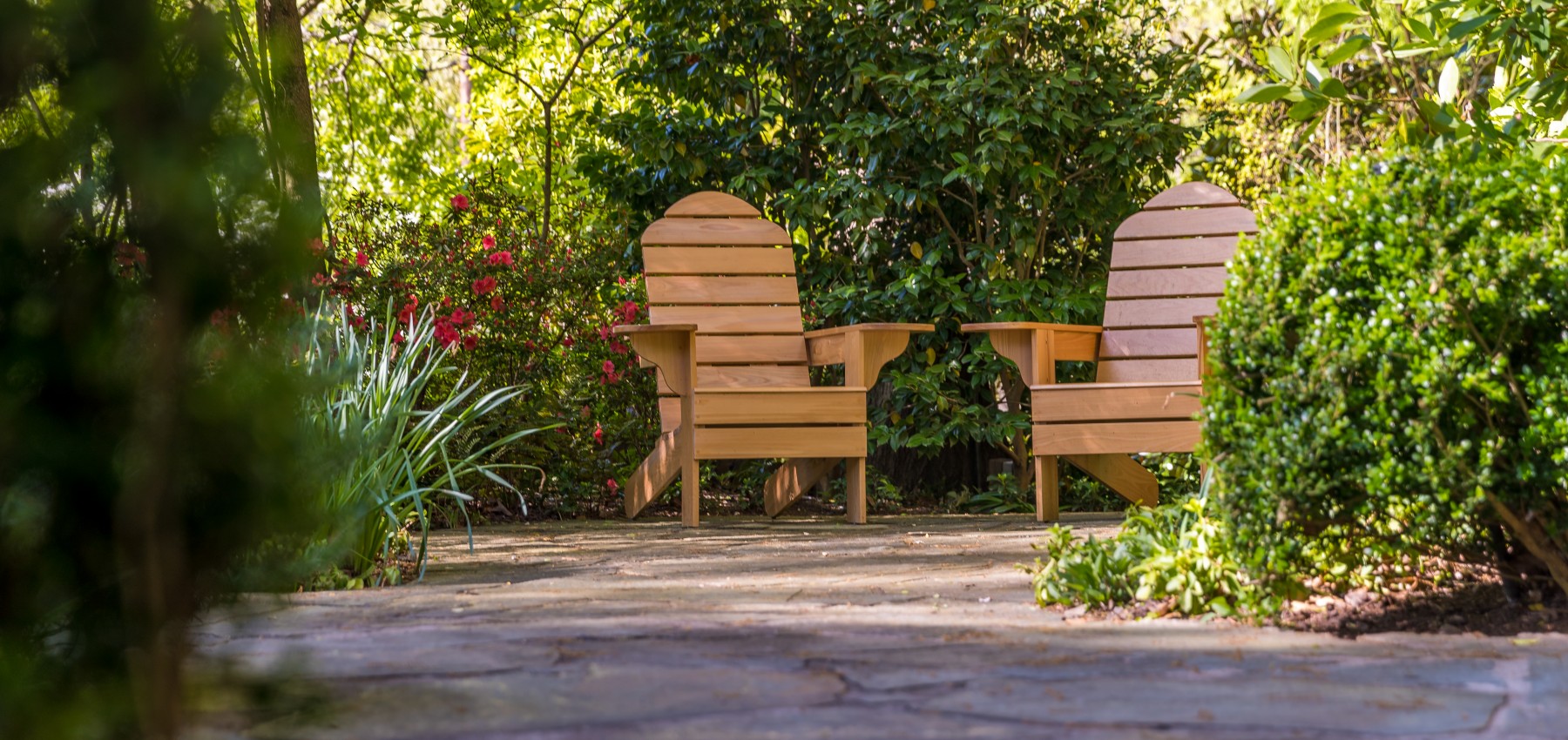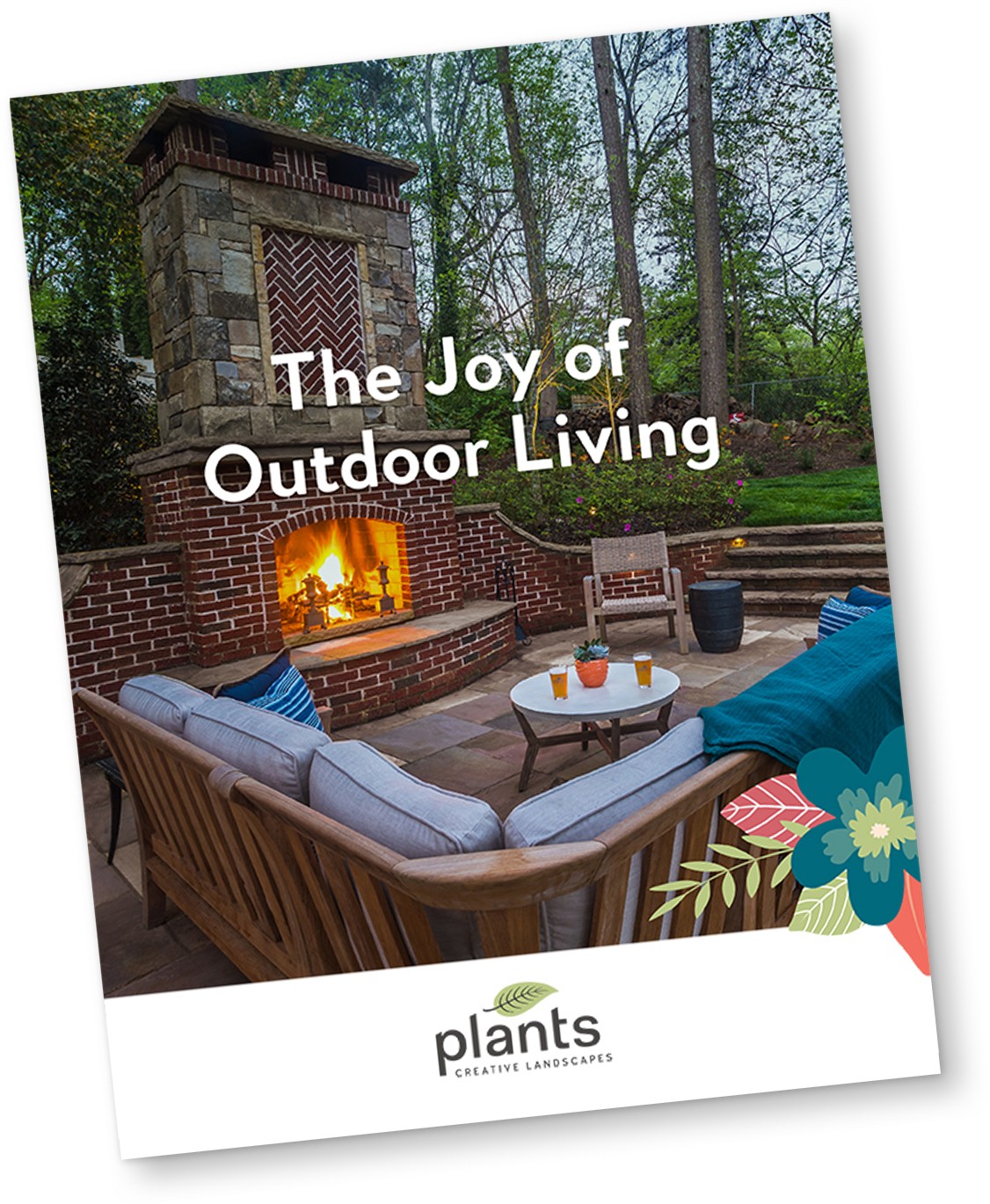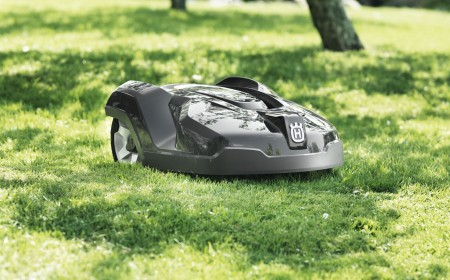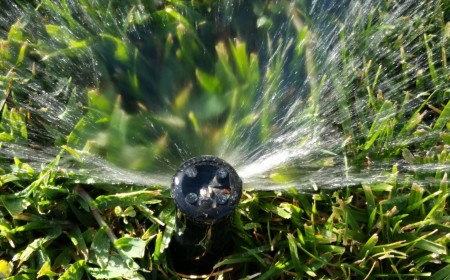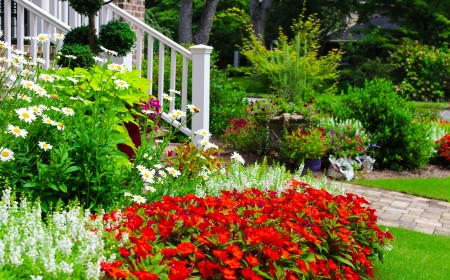There’s no doubt that your lawn and gardens are full of vibrant green colors. But are they also the other kind of “green”: sustainable and environmentally friendly?
It’s not always easy to know whether something is good or bad for the environment, especially when it comes to landscaping.
Fortunately, our team has been increasing our efforts at greater sustainability, focused on providing more environmentally-friendly landscapes and services across all of our divisions.
Here are seven ways to design, build or care for your landscapes in a more sustainable way.
1. Try an Automower.
The future is here and it’s in the form of our Husqvarna Automower, “Billy!”
Billy is safe, silent and efficient. He mows daily, leaving small trimmings that naturally fertilize your lawn, so you use less synthetic fertilizers and weed control products. His constant mowing stops weeds and mosses in their tracks. And his self-charging battery means no gas emissions.
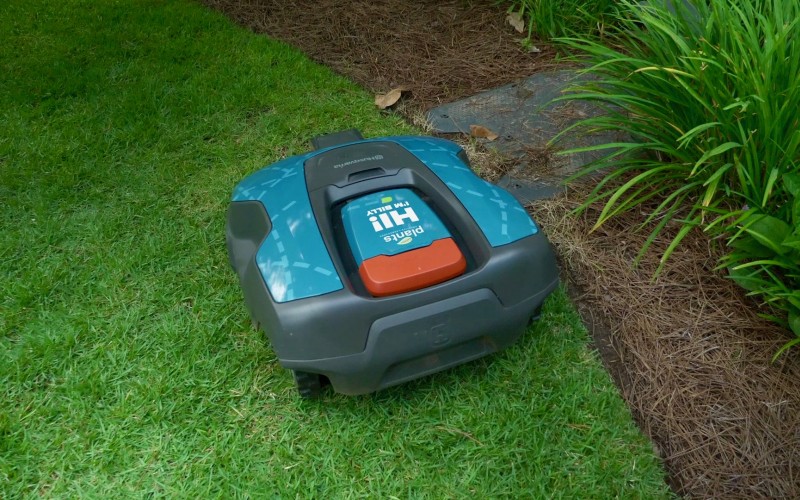
2. Install a smart irrigation system.
Irrigation and watering are so important for your landscape, but many people make the mistake of overwatering or underwatering, both of which can be harmful.
With a smart irrigation system installed, you can water your landscape with just the right amount in each specific area. In fact, with today’s water optimization technology and 24/7 leak detention, you can save significant amounts of water, time and money!
3. Save water with a rain garden.
A rain garden is another great way to use less water.
Basically, a rain garden consists of a basin built beneath your garden. Rainwater is directed from your home’s downspouts into the basin, where it’s slowly absorbed into your garden’s soil after a rainfall. We’ve written about them before — check it out!
4. Plant a pollinator garden full of native plants.
Pollinators, like bees, birds and butterflies, are vitally important to the world’s food production.
These lovely creatures transport pollen grains between plants, helping them produce fruits and seeds, which lead to the next generation of plants. That’s why it’s extremely helpful to the environment to fill your garden with native, flowering plants to attract pollinators — in other words, a pollinator garden!
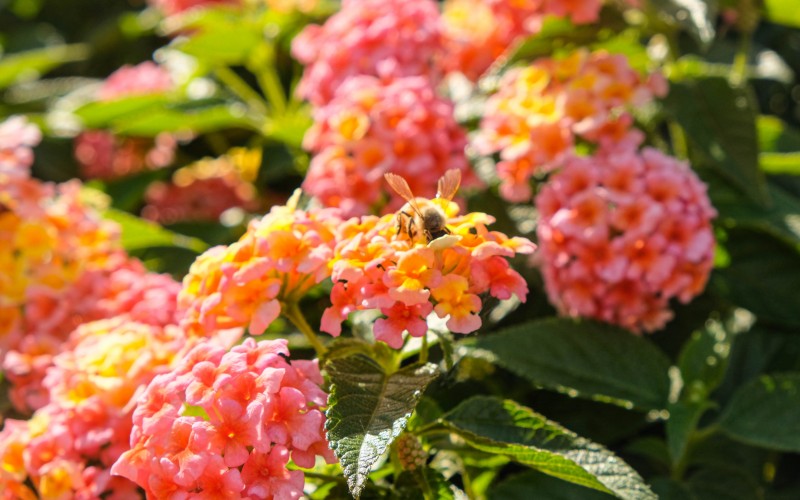
5. Compost your organic waste and use it as fertilizer.
Composting is beneficial for the environment in multiple ways.
First, it reduces the amount of organic waste that’s sent to landfills, which not only saves space, but it reduces the significant expense of processing waste. Keeping it out of landfills also reduces harmful methane gas emissions that are created when organic material is buried under other types of waste. Finally, when compost is used to fertilize the soil, it reduces the need for chemical fertilizers and water!
Composting might seem like a lot of work, but it’s really quite simple! You just need to know the basics. This PDF from Georgia’s Department of Community Affairs is super helpful if you want to get started.
6. Use locally sourced materials.
When you use materials that come from your geographical area, your carbon footprint is reduced because of the reduced transportation time. This includes not just your plants, but any materials used to build a fence, deck, patio, water feature, or any other landscape element.
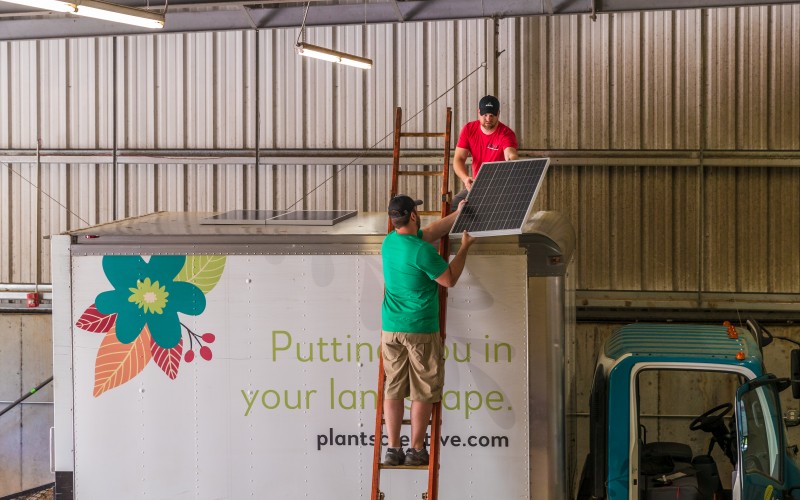
7. Harness the sun’s energy!
Do you plan on lighting your landscape? Try using solar lights that charge themselves, and make sure you’re using a type of light that won’t be disturbing to wildlife — these are typically yellow, warm-hued LEDs.
Harnessing renewable energy like solar energy is what inspired us to install solar panels on some of our trucks — to charge batteries in each truck, which are then used to power our electric equipment.
Ready to make your landscape more sustainable? Use these tips to give it a try on your own, or give us a shout if you’d like a little help!
